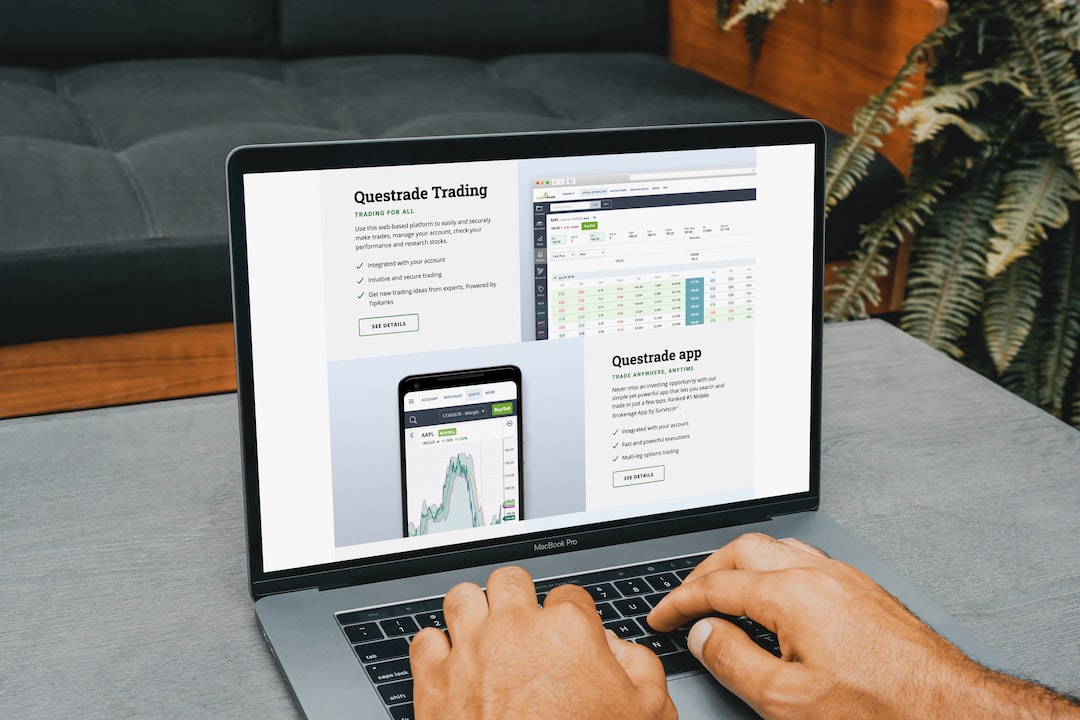Forex trading is a complex and dynamic market that requires a lot of analysis and strategy to be successful. One of the most popular tools used by traders to identify trends and predict future price movements is trendlines. In this article, we will discuss what trendlines are, how to draw them, and how they can be used in forex trading.
What are trendlines?
A trendline is a straight line that connects two or more price points on a chart. It is used to identify the direction of a trend and to provide support and resistance levels. Trendlines are used in technical analysis and can be drawn on various timeframes, from short-term to long-term.
How to draw trendlines?
Drawing trendlines is relatively simple. First, you need to identify two or more points on a chart that form a trend. For an uptrend, you need to connect the higher lows, and for a downtrend, you need to connect the lower highs. Once you have identified these points, draw a straight line that connects them.
It is important to note that trendlines should never be forced to fit the data. If they do not fit the data, it is best to redraw them. Also, trendlines should be drawn with a pencil or a thin line to allow for adjustments as the trend develops.
How to use trendlines in forex trading?
Trendlines can be used in various ways in forex trading. Here are some of the most common ways traders use trendlines:
1. Identifying trend direction
The first and most obvious use of trendlines is to identify the direction of a trend. If the trendline is sloping upwards, it indicates an uptrend, and if it is sloping downwards, it indicates a downtrend. Traders can use this information to make informed trading decisions.
2. Identifying support and resistance levels
Another use of trendlines is to identify support and resistance levels. In an uptrend, the trendline acts as a support level, and in a downtrend, it acts as a resistance level. Traders can use these levels to enter and exit trades or to set stop-loss orders.
3. Trading breakouts
Breakouts occur when the price breaks through a trendline. Traders can use trendlines to identify potential breakouts and to enter trades when the price breaks through the trendline. However, it is important to note that breakouts can be false signals, so traders should use other indicators to confirm the breakout.
4. Trading bounces
Bounces occur when the price touches a trendline and then bounces back in the opposite direction. Traders can use trendlines to identify potential bounces and to enter trades when the price bounces back from the trendline. However, it is important to note that bounces can also be false signals, so traders should use other indicators to confirm the bounce.
Conclusion
Trendlines are a valuable tool for forex traders as they help to identify trends, support and resistance levels, and potential breakouts and bounces. However, it is important to remember that trendlines are not a foolproof trading strategy and should be used in conjunction with other indicators and strategies. Traders should also be aware of false signals and adjust their positions accordingly. With practice and experience, traders can use trendlines to make informed trading decisions and improve their overall profitability.





